Nothing Phone (1): What do the lights on the back do?
The Nothing Phone (1) is not your ordinary mid-range smartphone. Even if we disregard the other selling points of the device, the handset stands out in a sea of cookie-cutter smartphone designs with its transparent back and futuristic LED strips.
The latter make up the so-called “Glyph Interface” of the Nothing Phone (1), which is marketed as one of the defining features of the device. Nevertheless, the fancy LED strips serve more than a purely aesthetic purpose.
The Glyph interface offers a unique way of communicating information to the user. Essentially, the idea behind the feature is to allow users to get an idea of what is happening even when their device is laying flat on its screen.

Firstly, the Glyph Interface can be programmed to display unique light patterns when someone is receiving a call. Depending on who the contact is, once set up, the Nothing Phone (1) will display a corresponding unique pattern.
Secondly, the Glyph Interface can also be used to distinguish between the different types of notifications. The Nothing Phone (1) can be set up to display different patterns depending on the type of notification. Emails, social media alerts and messages from apps can all have a matching unique pattern.
This brings us to the most interesting use of the glyph interface - the ‘Flip to Glyph’ feature. Once the Glyph Interface of the Nothing Phone (1) is facing upwards, the device can automatically enter a custom silent mode, with only light-based notifications showing up.
While the Nothing Phone (1) is charging, the LED strips can display the battery status of the device. The same applies to reverse wireless charging. And if you are worried that the light might be too bright if you are charging your smartphone overnight - there is no reason for concern. The brightness of the LED strips can be easily adjusted.
The latter make up the so-called “Glyph Interface” of the Nothing Phone (1), which is marketed as one of the defining features of the device. Nevertheless, the fancy LED strips serve more than a purely aesthetic purpose.

Nothing Phone (1): What are the lights for?
Call notifications
Firstly, the Glyph Interface can be programmed to display unique light patterns when someone is receiving a call. Depending on who the contact is, once set up, the Nothing Phone (1) will display a corresponding unique pattern.
This allows users to know who is trying to reach them, even when the device is in silent mode. There is also the additional perk of preserving an air of privacy - after all, who else would know to whom the unique pattern corresponds?
App notifications
Secondly, the Glyph Interface can also be used to distinguish between the different types of notifications. The Nothing Phone (1) can be set up to display different patterns depending on the type of notification. Emails, social media alerts and messages from apps can all have a matching unique pattern.
This brings us to the most interesting use of the glyph interface - the ‘Flip to Glyph’ feature. Once the Glyph Interface of the Nothing Phone (1) is facing upwards, the device can automatically enter a custom silent mode, with only light-based notifications showing up.
Charging status
While the Nothing Phone (1) is charging, the LED strips can display the battery status of the device. The same applies to reverse wireless charging. And if you are worried that the light might be too bright if you are charging your smartphone overnight - there is no reason for concern. The brightness of the LED strips can be easily adjusted.
LED Flash
The glyph interface on the Nothing Phone (1) can also double as a more advanced LED flash when taking pictures with the rear-facing camera. By lighting up all the LED strips simultaneously, the smartphone can ensure better lighting conditions for taking shots under less-than-ideal circumstances.
Recoding light
There is also a small red light on the back of the Nothing Phone (1) that can easily be missed against the backdrop of the fancy Glyph Interface. The light turns on when video recoding is in progress, signalling the latter to everyone on the receiving end.
At any rate, the "Glyph Interface" is more than just a pretty face. It is an interesting take on utilizing the back of a smartphone. Whether it falls more into the “interesting gimmick” category, or is a genuinely useful future is subject to interpretation.

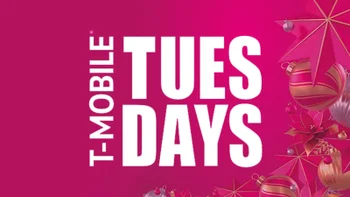

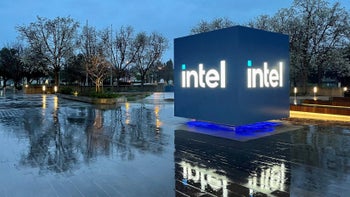
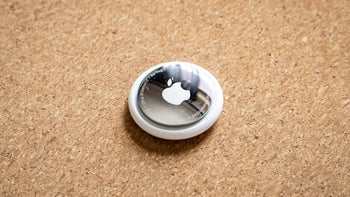


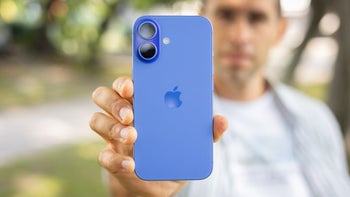
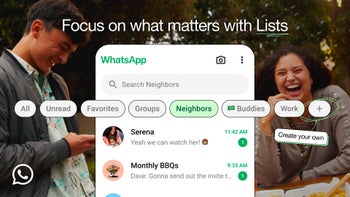

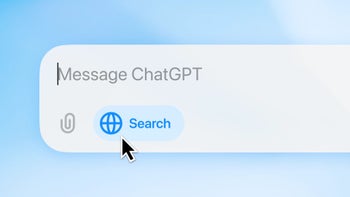
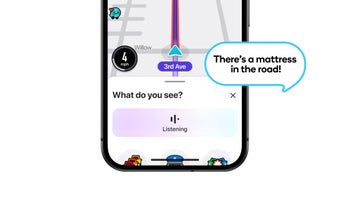
Things that are NOT allowed: